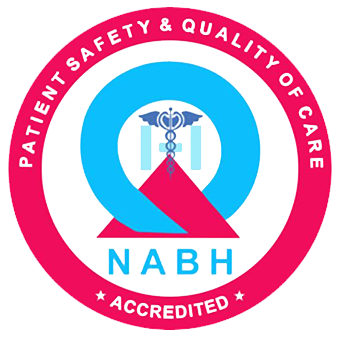Total Knee Replacement(TKR)
Total Knee Replacement(TKR)
The knee joint is a complex structure made of bones, ligaments, muscles, cartilage, and the joint capsule, making it prone to various injuries. Common knee injuries include ACL tears, ligament sprains, and tendon strains. Injuries can result from direct trauma or wear and tear from repeated stress over time, such as running, jumping, lifting, or sprinting. Overuse during sports or improper exercise can lead to knee pain and extended recovery periods. Continuing to exercise with knee pain without proper treatment can lead to further injury. Most knee injuries will usually require physiotherapy.
Immediate Steps to Manage Knee Injuries (R.I.C.E.):
- Rest: Avoid putting weight on the injured knee to promote recovery.
- Ice: Apply ice to reduce pain and swelling.
- Compression: Wrap the knee with a snug but not overly tight bandage to control swelling.
- Elevation: Raise the injured leg with pillows or cushions while sitting or resting in bed to reduce swelling.
Treatment and Prevention:
- Physiotherapy can alleviate pain and support recovery by incorporating stretching and strengthening exercises.
- A proper warm-up and cool-down are essential before and after physical activity.
- Wearing a knee brace may be necessary to protect the knee during exercise. It is important to have a health professional ensure the correct fit.
- If needed, a doctor may prescribe anti-inflammatory medication to manage inflammation and pain.
Injury Prevention:
While injuries cannot always be avoided, practicing caution and common sense during physical activity can help minimize the risk.




.jpg)
